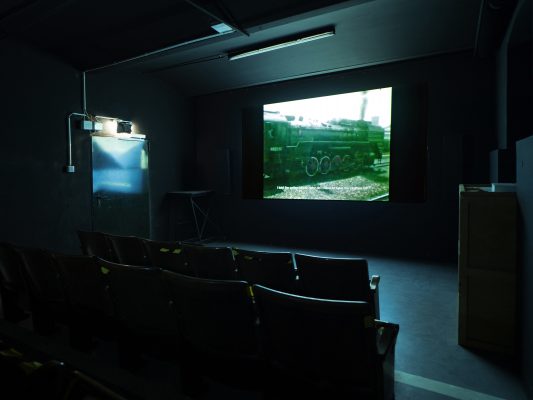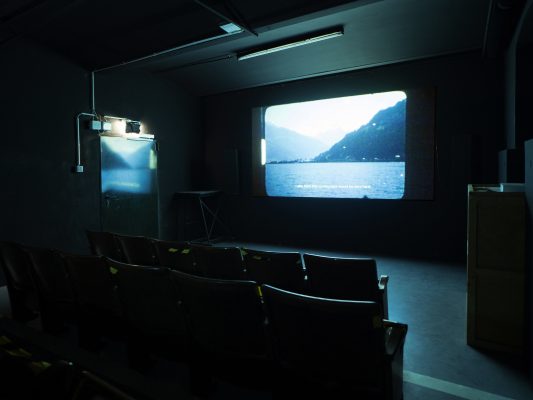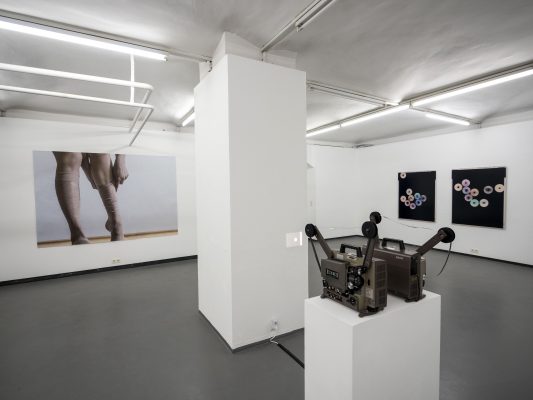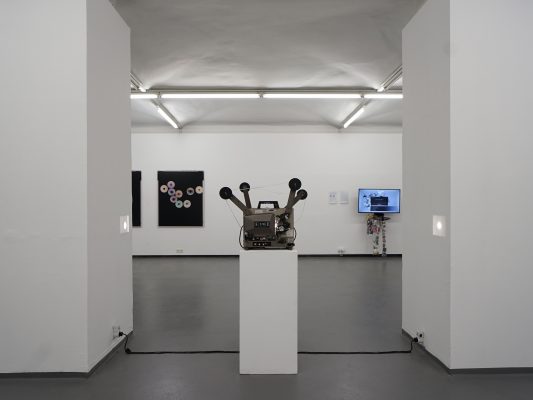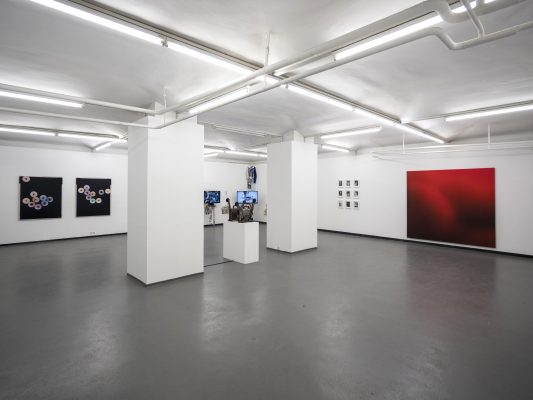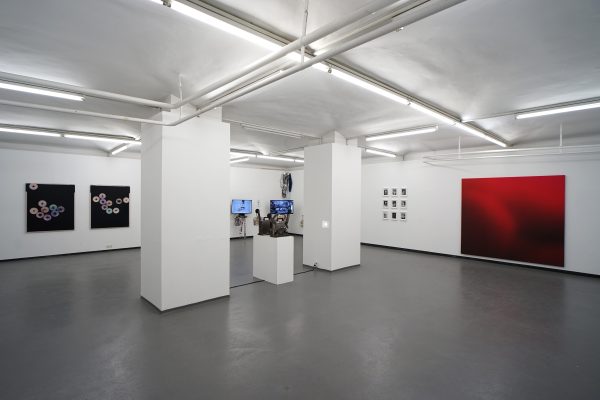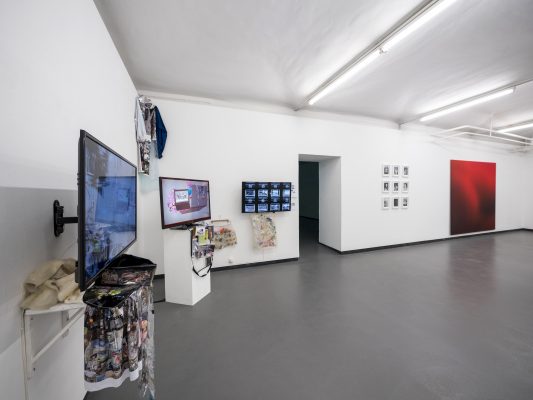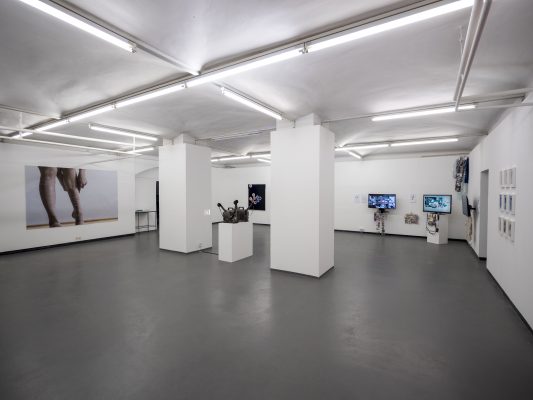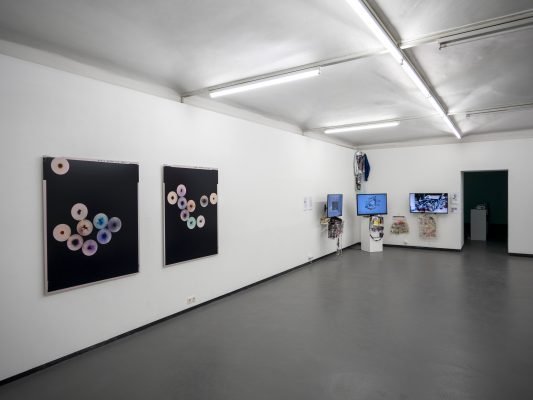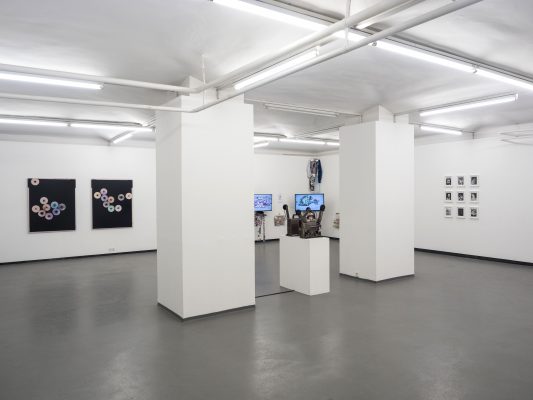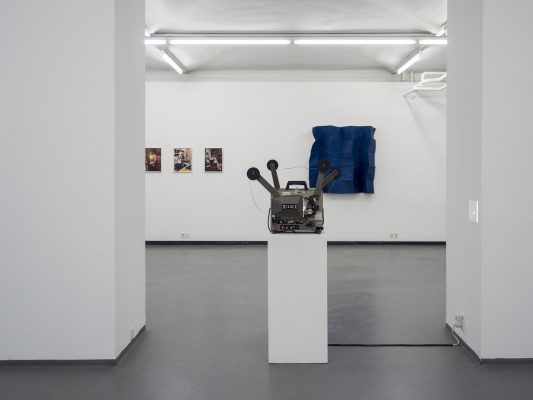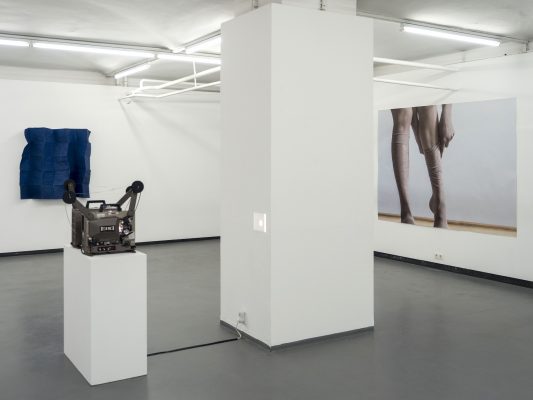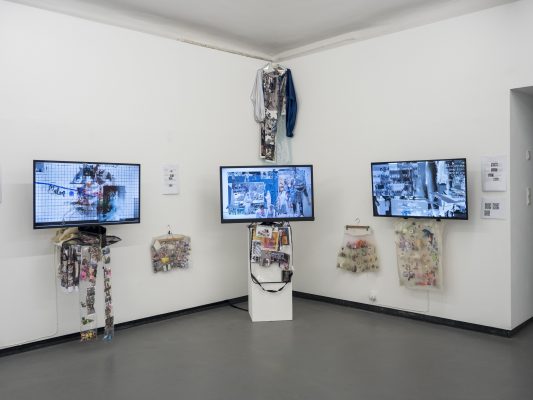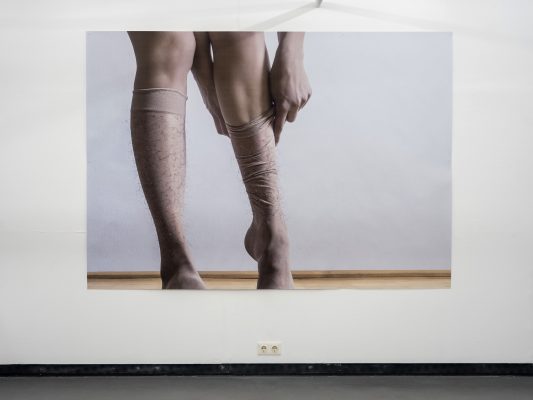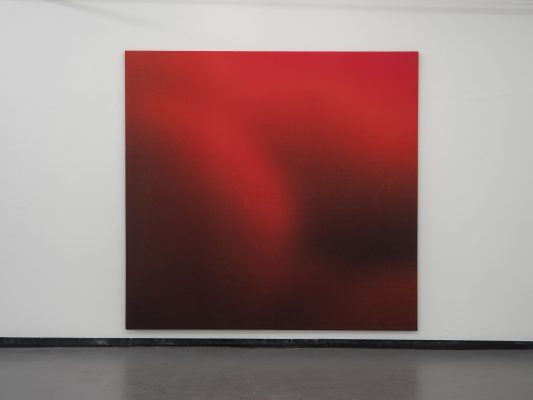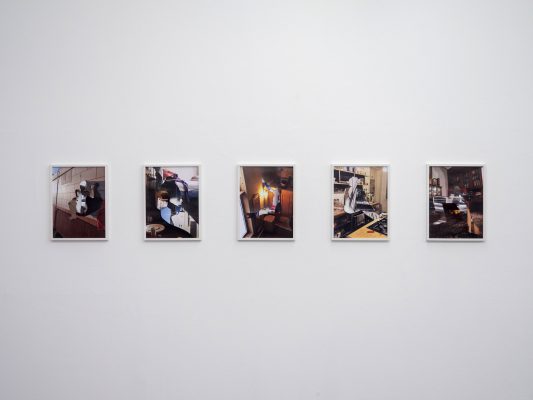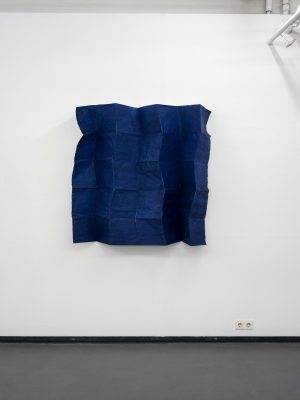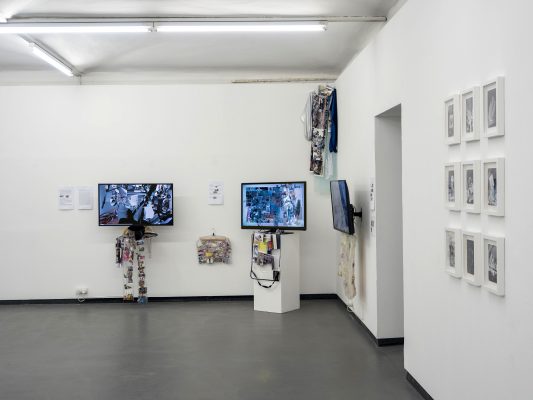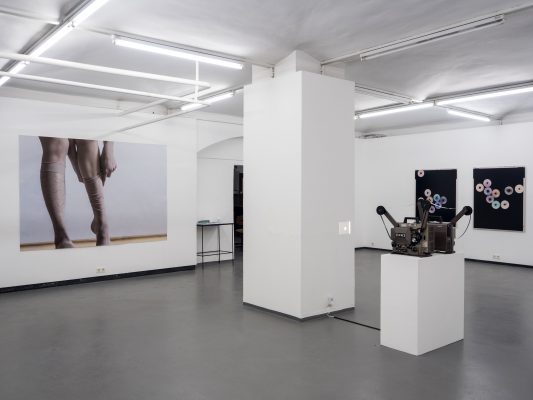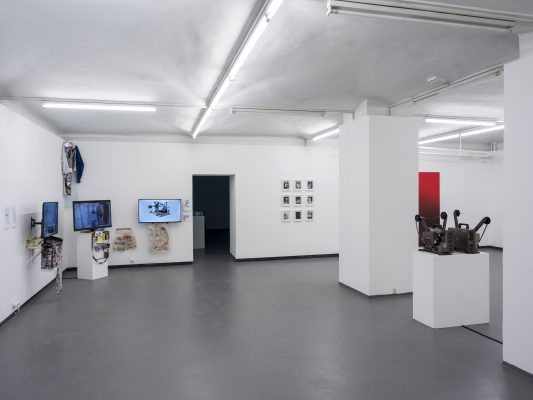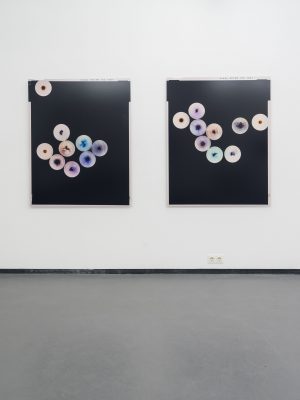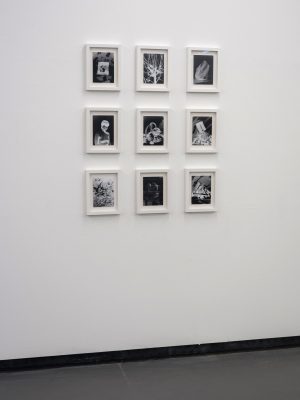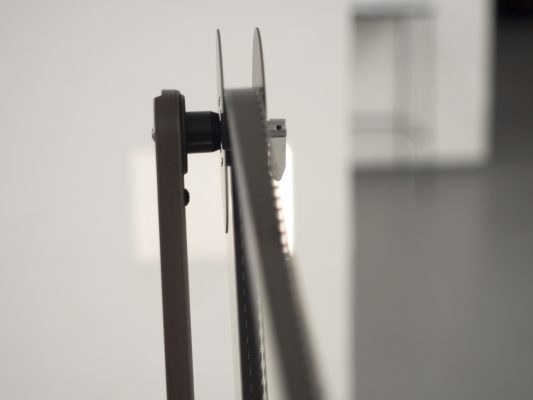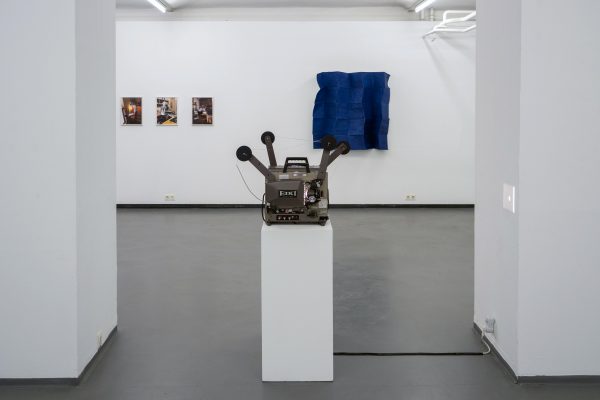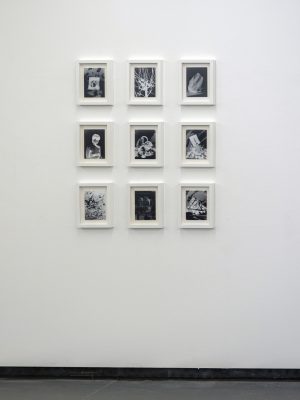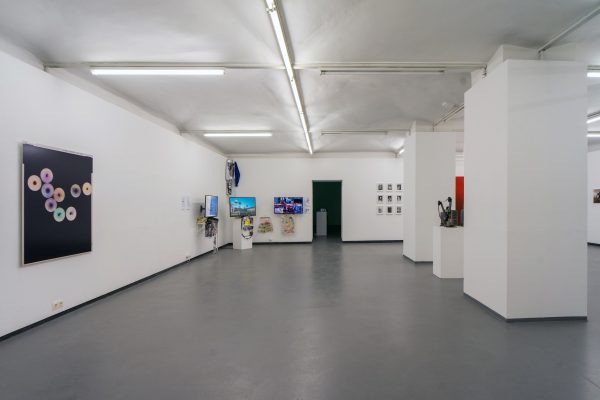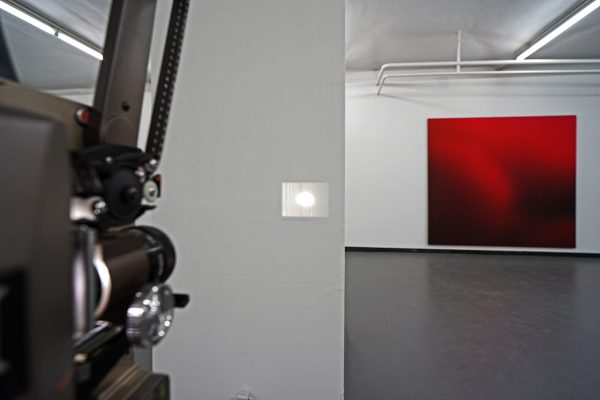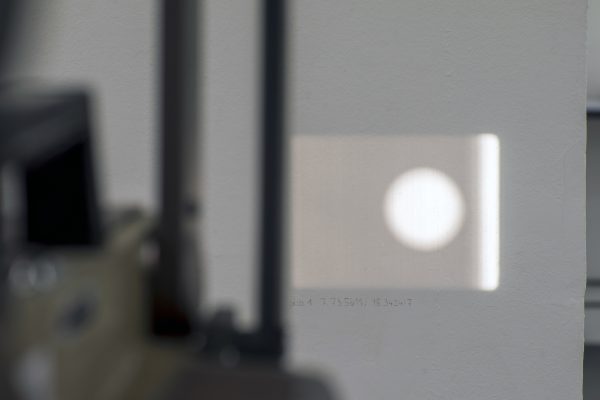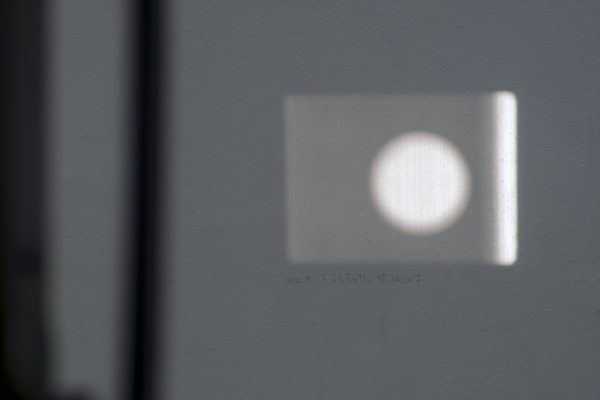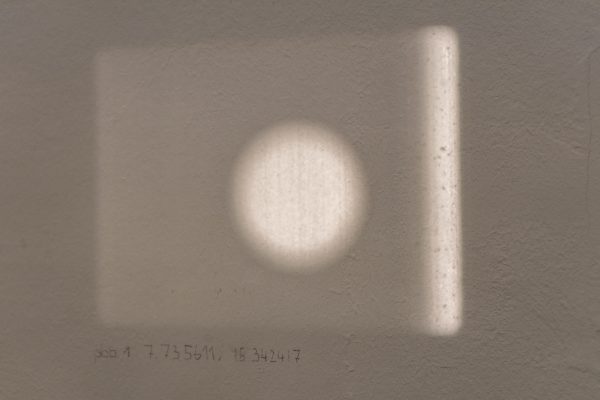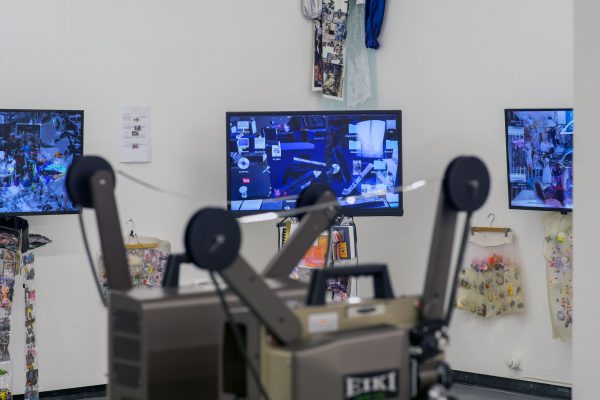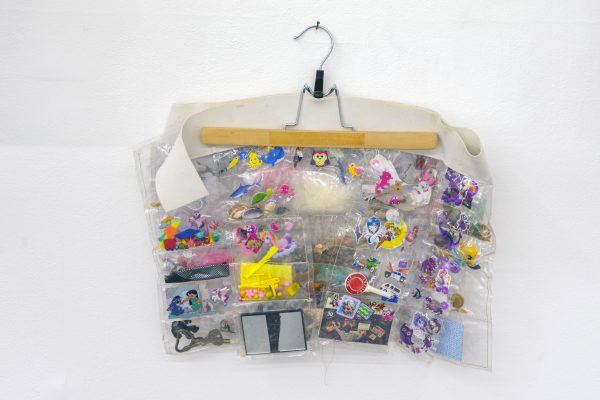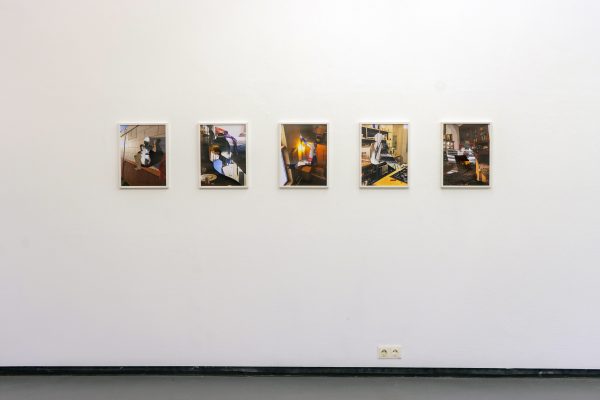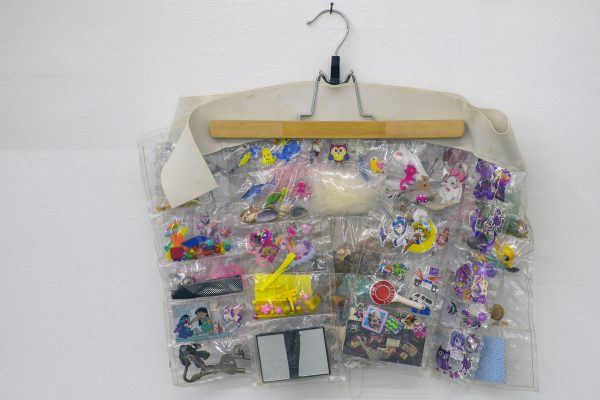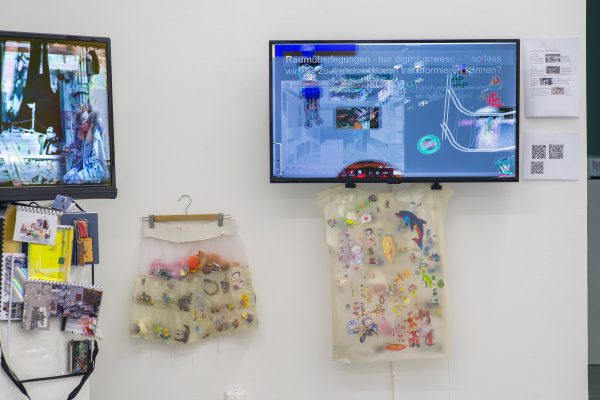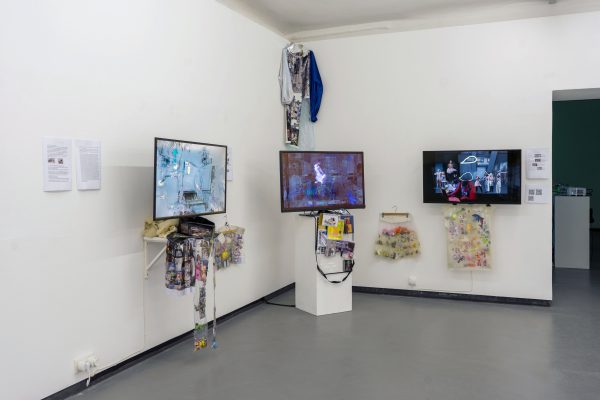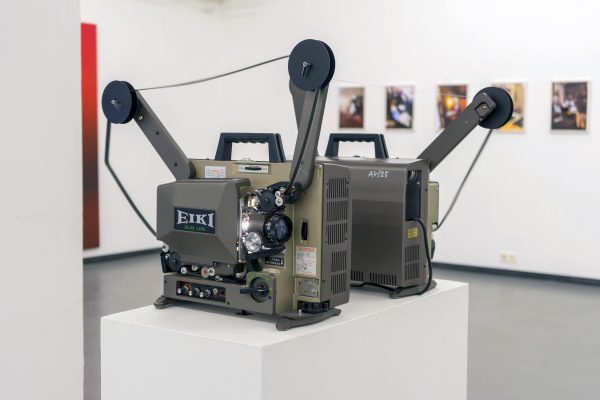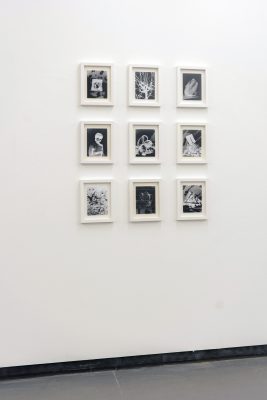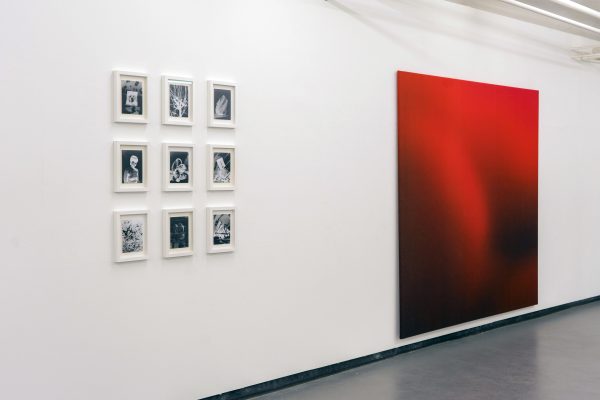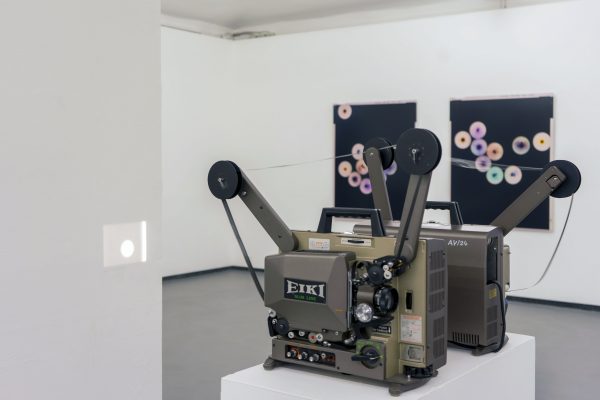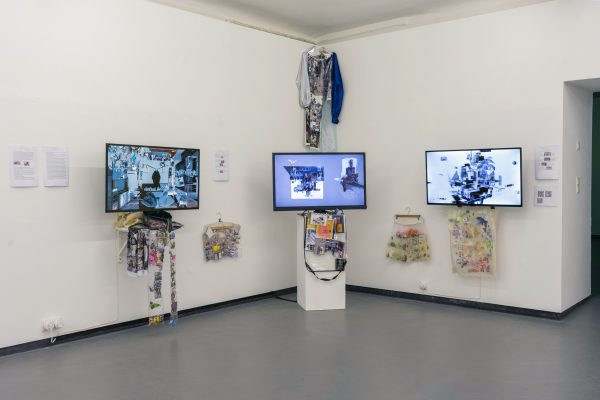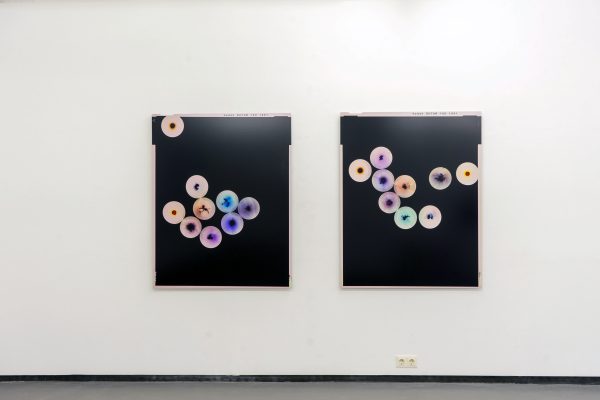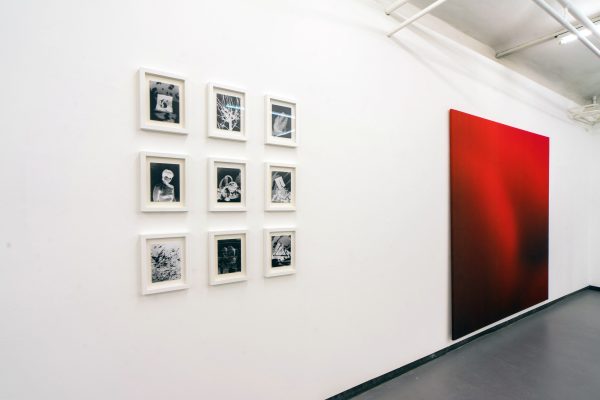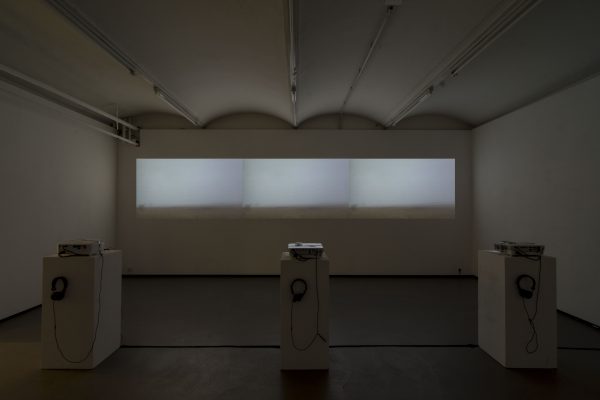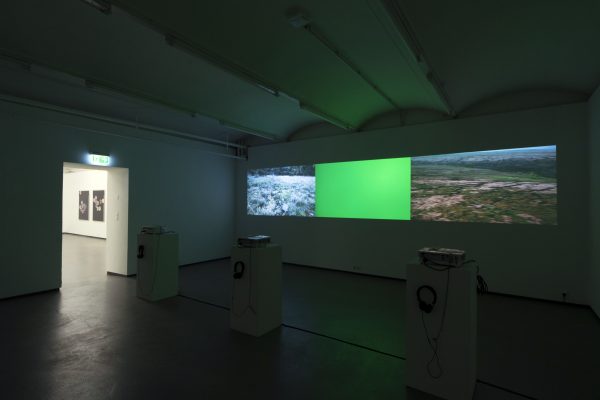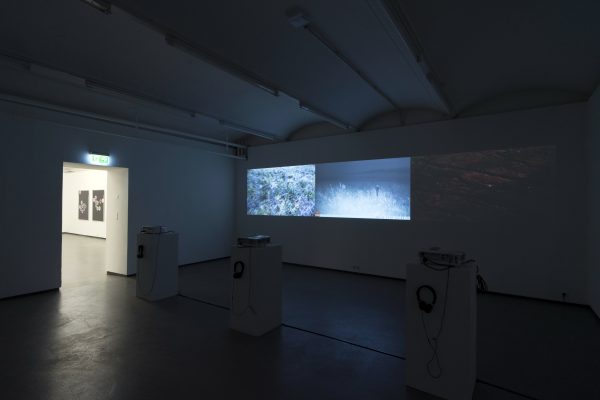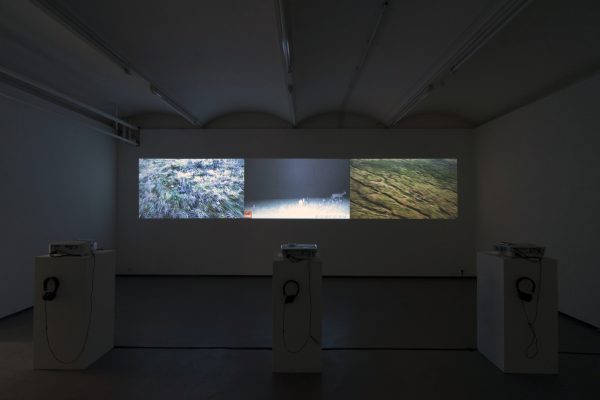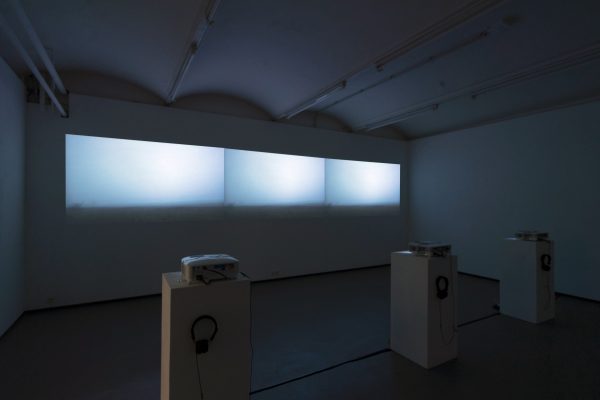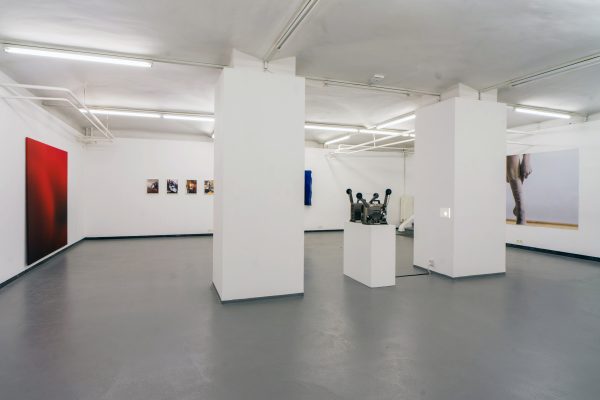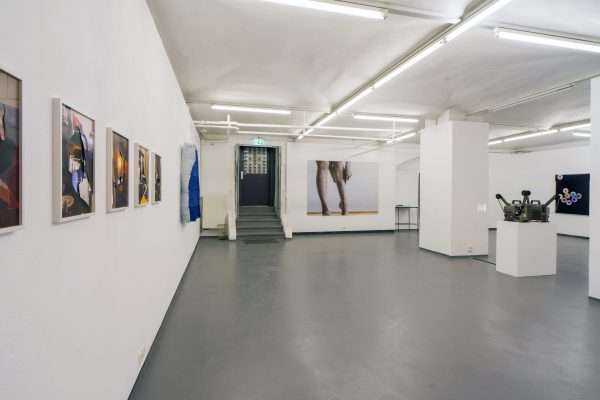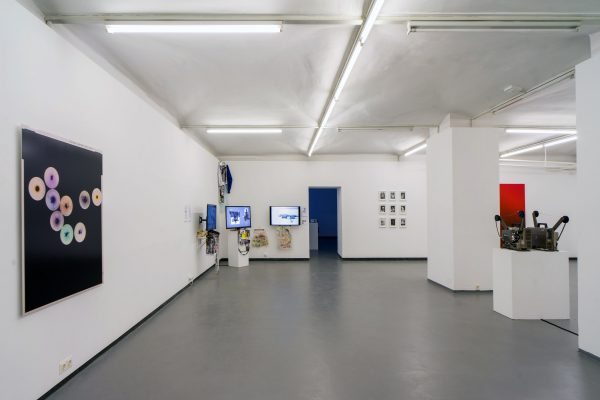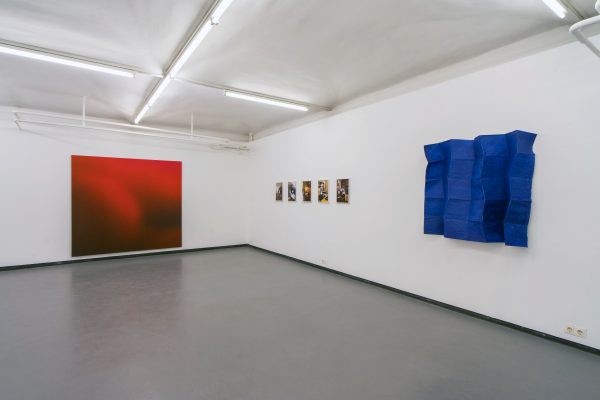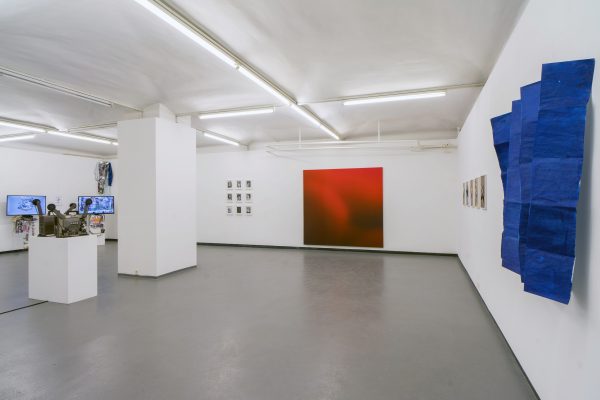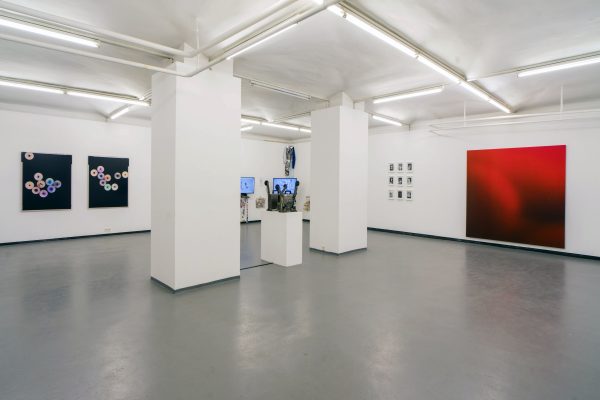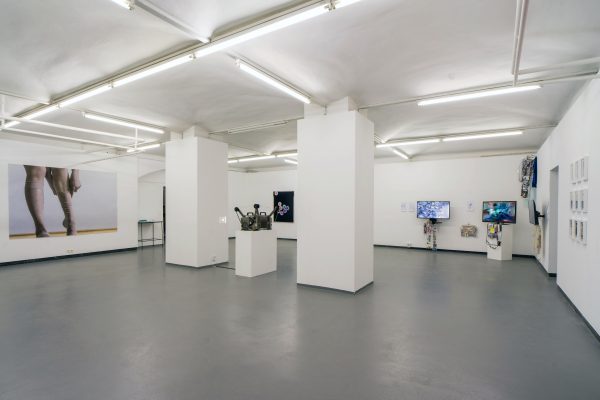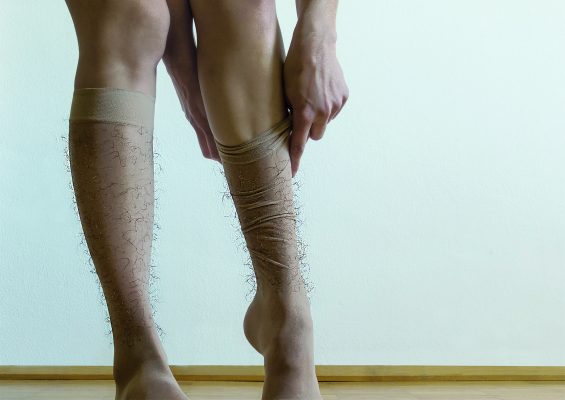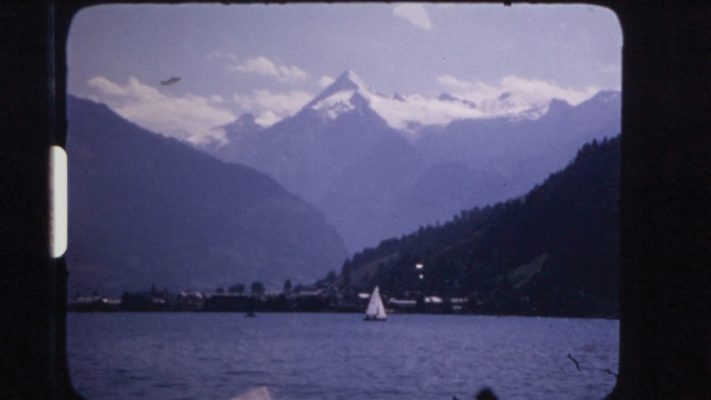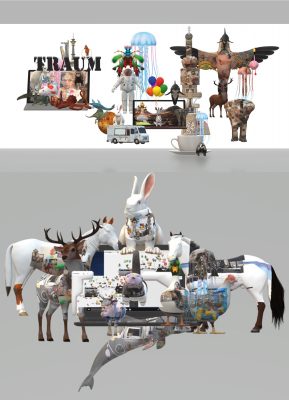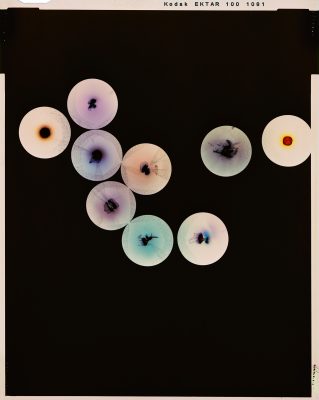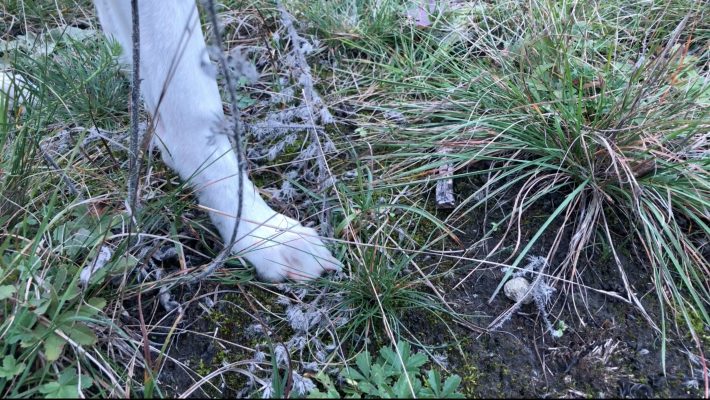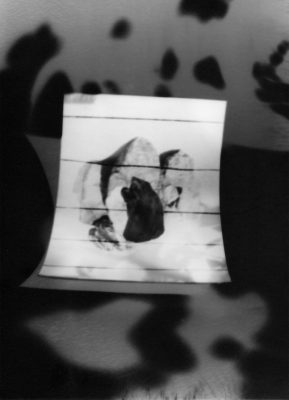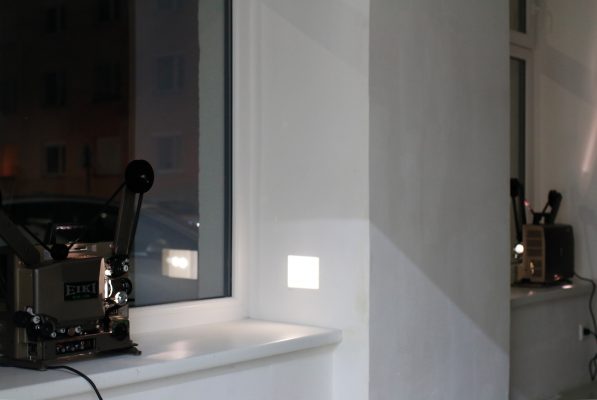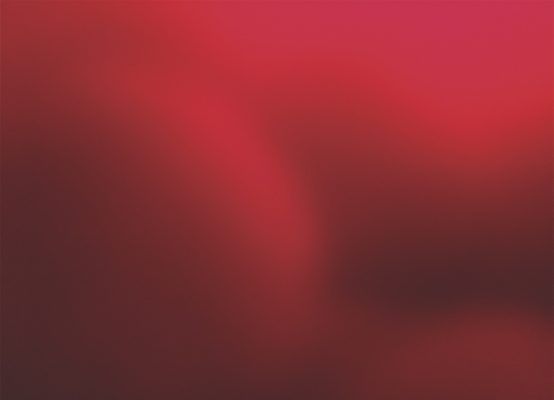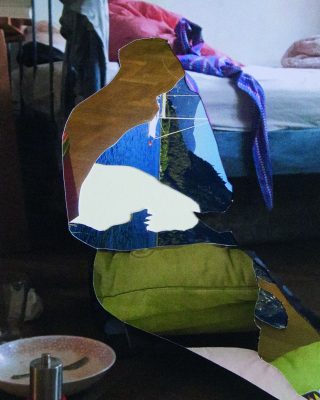Soft Opening: Monday, 14 June, 3–8 p.m.
Opening speech, 6 p.m.: Johan Nane Simonsen
sponsored by: BMKOES; MA7-Kultur; Cyberlab
The second edition of the Propeller Biennale (from the Latin propellere: “to drive forward”) once again shows a selection of works by Austrian art university and college students. The FOTOGALERIE WIEN’s intention is to expose the works to a wider public while simultaneously giving the artists the opportunity to familiarise themselves with the practice of exhibiting their own art. What are the young artists working on today in the areas of photography and new media? Common tendencies can be discovered in the wide spectrum of subjects. Many positions are informed by art theory and philosophy but all the same a sensibility for romanticism and beauty is not missed out. With a love of detail the students allow the personal to intertwine with the political and negotiate their own and collective identity. They deconstruct the pictorial language of consumer culture or sound the depths of their fascination with analogue techniques and equipment.
The collages of Lea Abendstein’s series, intermezzo, are based on photographs taken over the last few months. Experiencing feelings of dislocation and alienation during the numerous lockdowns, Abendstein increasingly questioned her place in the world and began to cut herself out of the pictures. The residual emptiness becomes emphatically obvious and replaces the artist. In the context of the series, the missing ‘me’ is transformed and solidifies into a negative form.
Benedikt Büllingen’s works are real arenas of the conflict-ridden relationship between visibility, perception and the conditioning of the gaze. By referencing minimalist painting, photography undergoes a process of emptying out. Büllingen also has a critical sensibility for the cultural, social, economic and political forces that affect us as recipients. He is interested in how our eyes are exposed to different forces during constant scanning, filtering and selecting.
The duo diallostruempf is deeply involved in analogue film. 16mm film projectors are regular features of their installative works. Their concepts involve consideration not only of the media qualities of images but also of the physical presence and mechanical dynamics of the equipment. The installation 12/13 consists of two 16mm film loops that each show a two-second shot of the moon. In the presentation at the FOTOGALERIE WIEN the projectors enter into a dialogue with the architecture.
PLUS/MINUS, a work by Vincent Forstenlechner & Ira Grünberger consists of 12 black and white photographs that were made with a self-built pinhole camera, a joint project undertaken during the first Corona lockdown. It is made entirely of materials that were found within their own living space during this time. Subsequently the camera became a tool with which to photographically interrogate the environment from which it was created.
Kelly Ann Gardener’s ariel in counterpoint is part of an art research project on the landscape of Saddleworth Moor in the north of England. For the non-linear narrative strategy of the video installation, Gardener has borrowed the musical composition form of counterpoint, a technique that runs multiple voices in parallel, each given equal weight. At times, the three different soundtracks in ariel in counterpoint run in parallel, and then individualise, finding their own rhythm, their own time.
Caroline Haberl takes a fascination with marbles from her childhood as the departure point for the design of an experiment. Nine glass balls roll across a light-sensitive colour negative in absolute darkness. The 4 x 5 inch film cassette is placed under a light source and serves as the playing field in which the marbles roll to and fro, coming to rest in ever new “random orders”. These moments of temporary stasis are transferred by short exposures into the finality of Kodak film.
In the trashy, post-digital metastases of Evi Jägle’s site-specific installative construction, the great men of Western philosophy pop up: Deleuze, Nietzsche, Hegel, Kant and Leibnitz are subjected to a wild assemblage of quotations, dislocations and deformations. They encounter unicorns and other mythical beasts of pop culture and are all engulfed in Jägle’s hybridising formal idiom. Here we encounter philosophical concepts in space in the full glory of their simultaneity.
Vitória Monteiro’s short film, a história começa a partir de nós [history begins with us] was made in conjunction with the Austrian Film Museum and is based on a book of interviews with Brazilian women in exile. Using archival film material from the 1970s, Monteiro reconstructs the experiences of hundreds of women who had to flee their homeland during the Brazilian military dictatorship. Despite the specific historical subject matter, the film is of sad topicality.
Melanie Moser’s works are principally concerned with the forms taken by feelings of individual identity and body awareness. The work, Beinhaarperücke takes as its subject matter the meaning we ascribe to our body hair in relation to gender clichés and ideals of beauty. The format of the image of a woman zestfully pulling on a pair of transparent knee socks refers to advertising hoardings in public spaces, to images familiar to us from advertising. It is only with a second glance that we note the irritating detail: The stockings are embroidered with pubic hair. (Johan Nane Simonsen)
Curated by: Brigitte Konyen, Johan Nane Simonsen and Patrick Winkler
